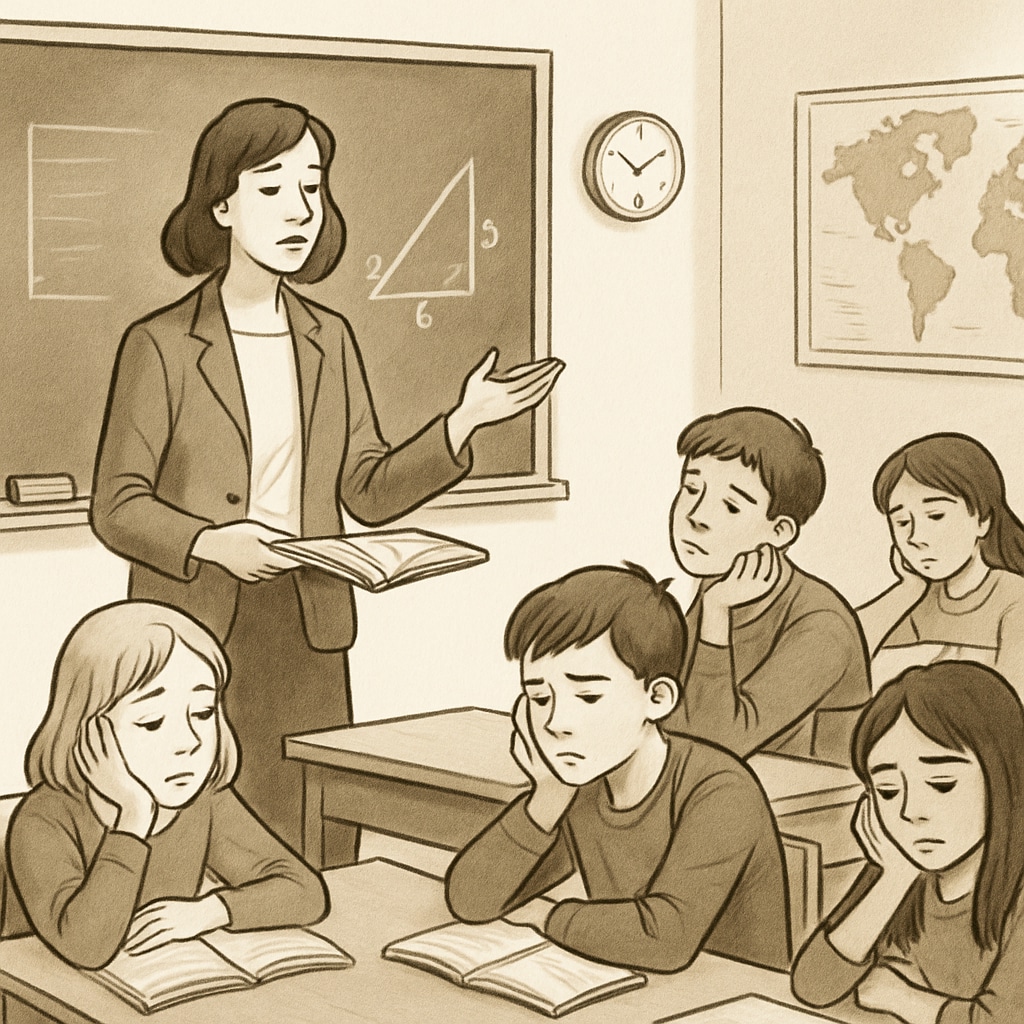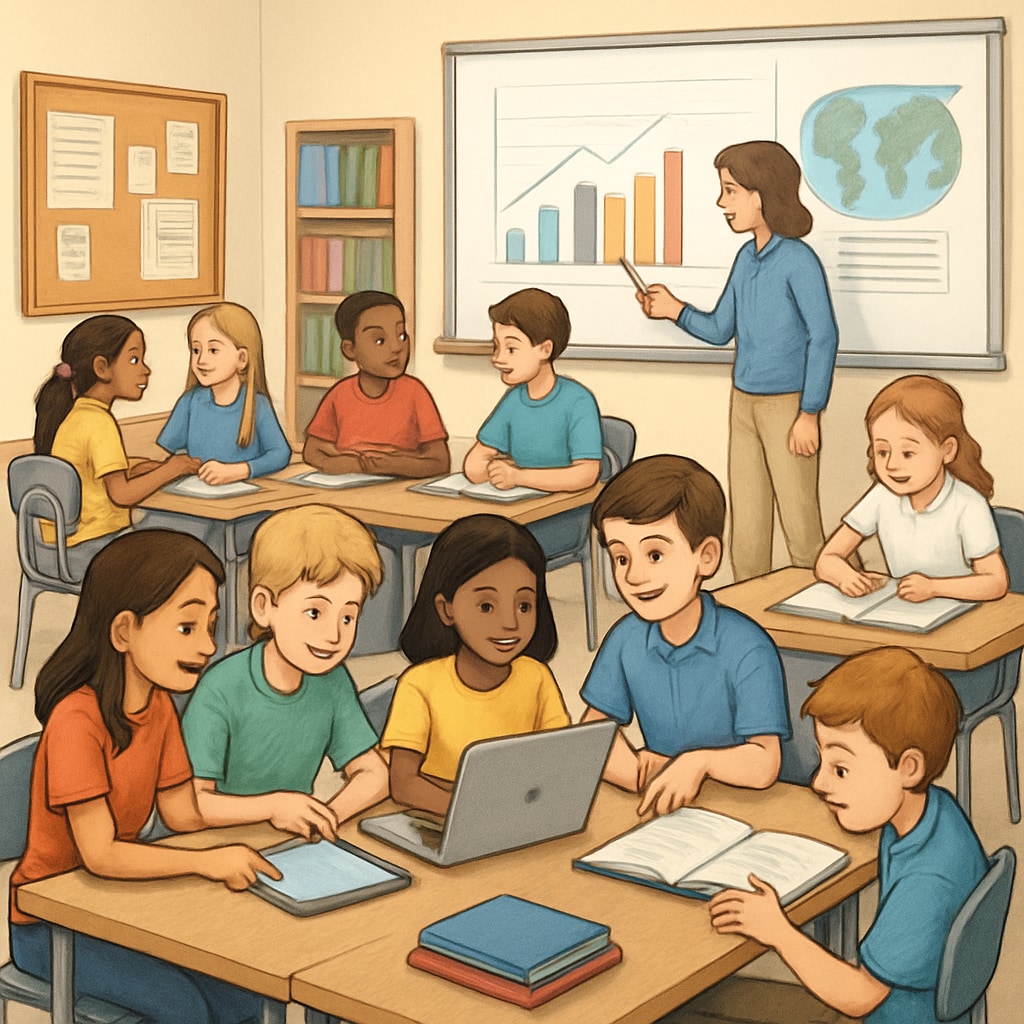Boredom in education has become a pervasive issue, particularly in K12 classrooms, where students often struggle to stay engaged. The phenomenon of “classroom boredom” not only hinders academic achievement but also diminishes students’ enthusiasm for learning. This article delves into the causes of boredom in the educational environment, its detrimental impact on learning outcomes, and practical strategies educators can adopt to reignite student interest and participation.
Understanding the Causes of Classroom Boredom
Before addressing the issue, it is crucial to understand why boredom occurs in educational settings. Research indicates several contributing factors:
- Monotonous teaching methods: Repeated reliance on lectures and rote learning can disengage students, especially those with diverse learning styles.
- Lack of relevance: When students fail to see how a subject connects to their lives or future goals, they may lose interest.
- Overloaded curriculum: Overwhelming students with excessive content leads to mental fatigue and disinterest.
- Insufficient challenges: Lessons that are either too easy or difficult fail to maintain student engagement.

The Impact of Boredom on Student Learning and Development
The consequences of boredom go far beyond a simple lack of focus. In fact, it has several negative implications:
- Reduced academic performance: Bored students are less likely to retain information, leading to lower test scores and achievement gaps.
- Behavioral issues: Boredom often leads to distractions, misbehavior, or absenteeism in class.
- Decline in long-term motivation: Chronic boredom can erode a student’s intrinsic motivation to learn, affecting their future academic and career pursuits.
For example, a study on student engagement highlights the link between disengagement and higher dropout rates, emphasizing the importance of addressing this issue early.
Strategies to Combat Boredom and Boost Classroom Engagement
To address classroom boredom effectively, educators need to adopt innovative and student-centered strategies. Here are a few practical approaches:
- Incorporate interactive teaching methods: Use group discussions, role-playing, and project-based learning to make lessons more dynamic and participatory.
- Make lessons relevant: Connect classroom topics to real-world scenarios or students’ personal interests to make learning meaningful.
- Differentiate instruction: Tailor teaching methods to accommodate various learning styles, such as visual, auditory, or kinesthetic.
- Introduce technology: Utilize educational tools like gamified learning platforms and multimedia resources to capture student attention.
- Encourage student agency: Allow students to have a say in what and how they learn, fostering a sense of ownership and motivation.

Creating a Sustainable Shift in Classroom Culture
Addressing boredom in K12 education requires a cultural shift. Schools must prioritize professional development for teachers, equipping them with the tools and techniques to create engaging learning environments. Furthermore, fostering open communication between educators, students, and parents can help identify and address boredom triggers effectively.
As a result, educators can create classrooms where students feel inspired and motivated to learn. For instance, resources like active learning have demonstrated significant success in improving engagement and academic outcomes.
By understanding the causes and impacts of classroom boredom and implementing these strategies, we can transform the educational experience into one that sparks curiosity and passion in every student.


